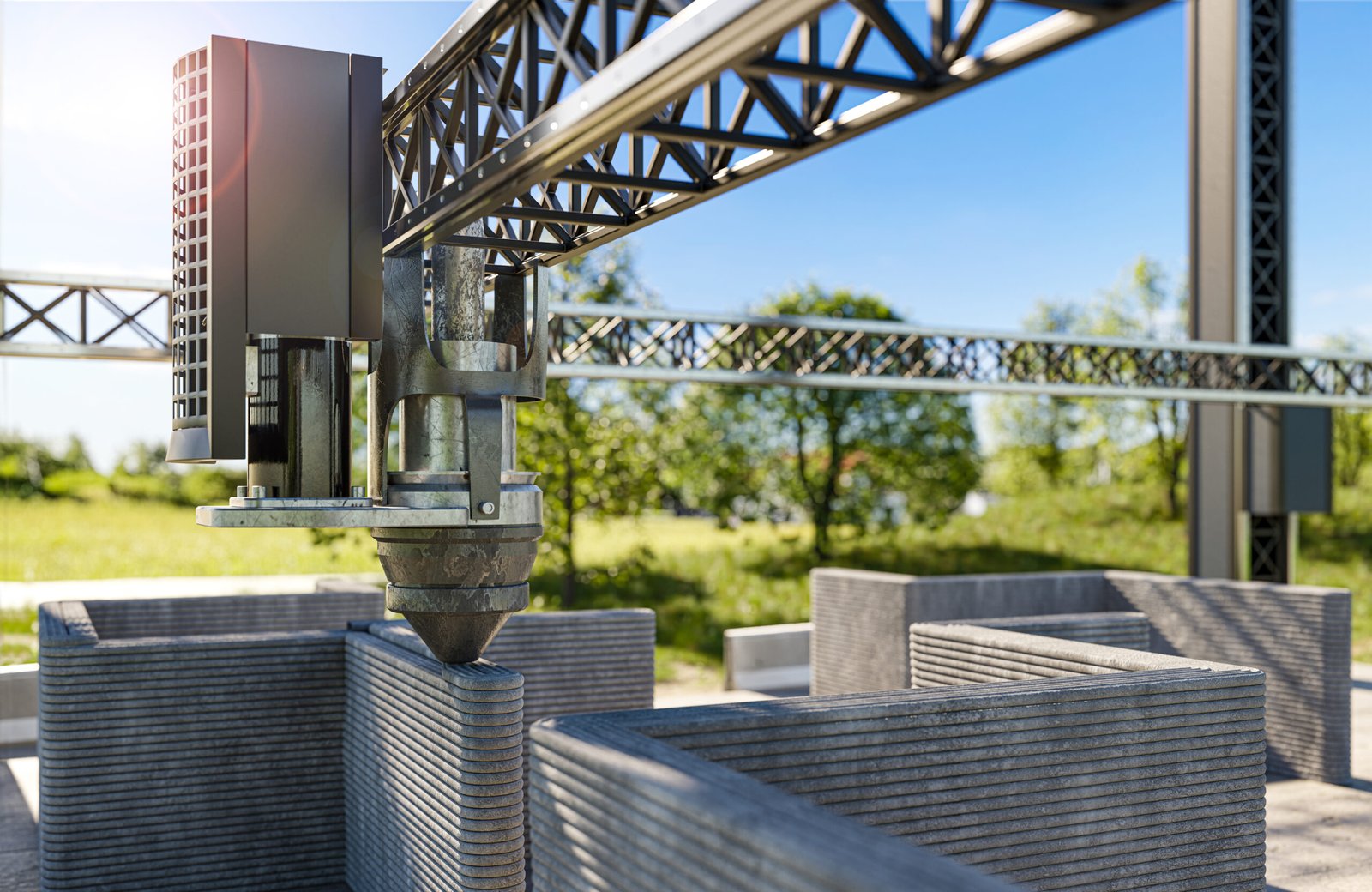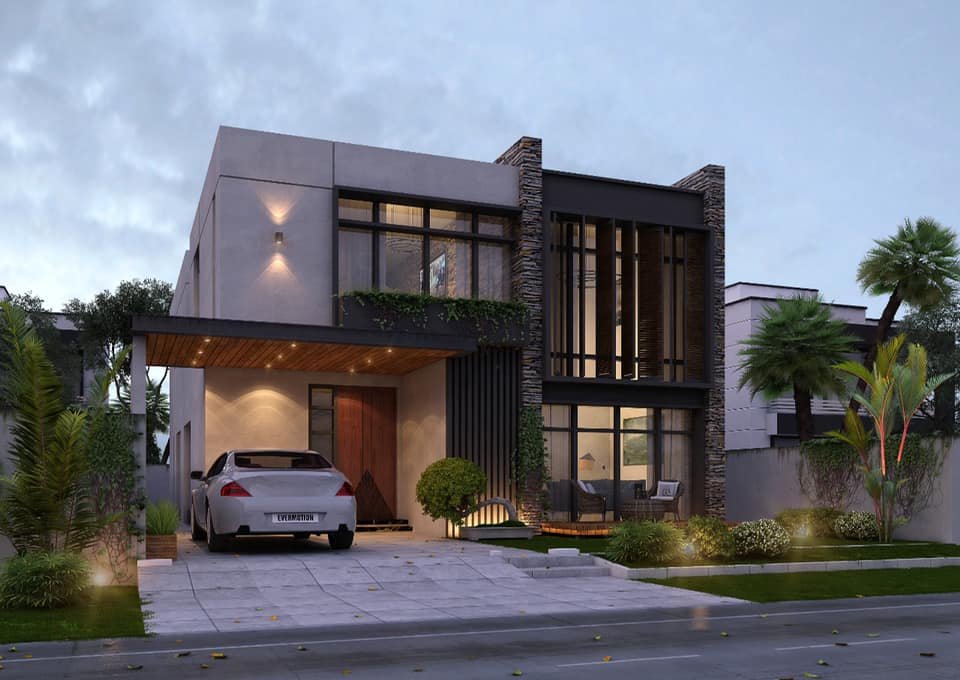
Championing Innovative Construction Materials For Africa
The construction industry in Sub-Saharan Africa should look at using alternative building materials and technology while addressing the growing demand for infrastructure, according to expert panelists on ConstructAfrica’s Innovative Construction Materials for Africa webinar.
This second webinar in the Building a Better Africa series focused on innovations in building and construction materials, including 3D printing, and revealed the need for greater collaboration between government, the private sector and academia to drive the industry forward.
The panel of experts comprised:
Charles Malek, Director of Structural and Bridge Engineering, Dar Al-Handasah (Shair and Partners; Lebanon)
Professor Hussein Mohammed, Professor of Engineering, Obafemi Awolowo University (Nigeria)
Grace Atieno Odhiambo, Head of Design at Cubes and Containers Design (Kenya)
Dr Theophilus Shittu, Chair in Earthen Architecture, Building Cultures and Sustainable Development, UNESCO
Ronald Mbiu, Quantity Surveyor and Construction Project Manager (Kenya)
3D printing
The webinar began with keynote presentation on 3D printing in construction delivered by Malek. He said the technology was now beginning to be applied on a larger scale after a decade of demonstrations and proof-of-concept projects.
He listed the benefits of 3D printing as including time and cost savings, optimisation in materials usage, a reduction in construction waste by removing the need for formwork and, most important of all, the freedom for architects to innovate and create shapes that would be difficult to build using traditional techniques.
However, he noted that some challenges remain with 3D concrete printing such as how to integrate reinforcement to enable the construction of high-rise structures and the lack of industry-wide codes and standards. It is also not yet possible to create long-span structures and horizontal elements.
Malek revealed that Dar Al-Handasah is currently working on a proof-of-concept scheme in Angola involving the 3D printing of two-storey housing units for a public authority.
He stated that for the technology to really take off in Sub-Saharan Africa, it will require clients to champion 3D printing: “Whenever you want success you need a champion, someone who believes in innovation and who has an agenda to deliver quality and value and time [savings] and is ready to invest in new technologies.”
Availability and affordability
Dr Shittu said that affordability of construction is key in Sub-Saharan Africa. He stated that the continent needs to rethink how it goes about building infrastructure, taking into account locally available materials.
“We cannot afford to be building the same way we were building 30-40 years ago,” he said, adding that Nigeria’s population has doubled to over 200 million and is projected to reach 300 million in the next five years.
Odhiambo said shipping containers are a sustainable alternative for the region and readily available in South Africa, Nigeria, Kenya and Ghana. One application is to use them for housing.
Professor Mohammed said Nigeria should consider alternatives to cement, which is expensive due to limited local production. He noted that Obafemi Awolowo University has been researching materials such as coconut fibre, rice husk and clay as partial replacements. Dr Shittu said earthen materials, bamboo and timber are good alternatives to cement, and he noted that research is being conducted in the UK on 3D printing with earthen materials. He called for government policies be put in place to support innovation in construction so that new materials can be tested.
Collaboration
The panelists said there needed to be more collaboration between government, the private sector and academia on the use of sustainable and alternative building materials.
Professor Mohammed said that industry and academia as the experts in their field need to carry the government along to implement sustainable recommendations and alternative materials and accept research findings.
Mbiu agreed that collaboration between governments and the private sector is key, citing the example of the Colombian Chamber of Construction (Camacol), which in 2017 partnered with the IFC to promote EDGE certification to create awareness of green materials and catalyse the growth of a green buildings industry.
“When all parties come to the table equally, there is a great deal of opportunity to gain,” he noted.
Regarding the future for construction materials in Africa, Odhiambo said she would like to see alternative building materials studied at university. The current focus on bricks and mortar construction means few professionals understand what alternative building materials and sustainability mean.
Mbiu recommended that Africa should not just adopt foreign practices but should focus on using the rich diversity and versatility of the resources available in the region to develop the construction industry.
For Malek, greater investment in technology is needed to drive change in the construction industry and make an impact in meeting the region’s infrastructure gap.
Dr Shittu said collaboration between industry and education should happen from the bottom up to produce the skilled workers that the sector urgently needs, while Professor Mohammed recommended commercialising the findings of a study on alternative materials to encourage adoption.
Photo: 3D concrete printing (© Michał Rojek | Dreamstime)
Source link



